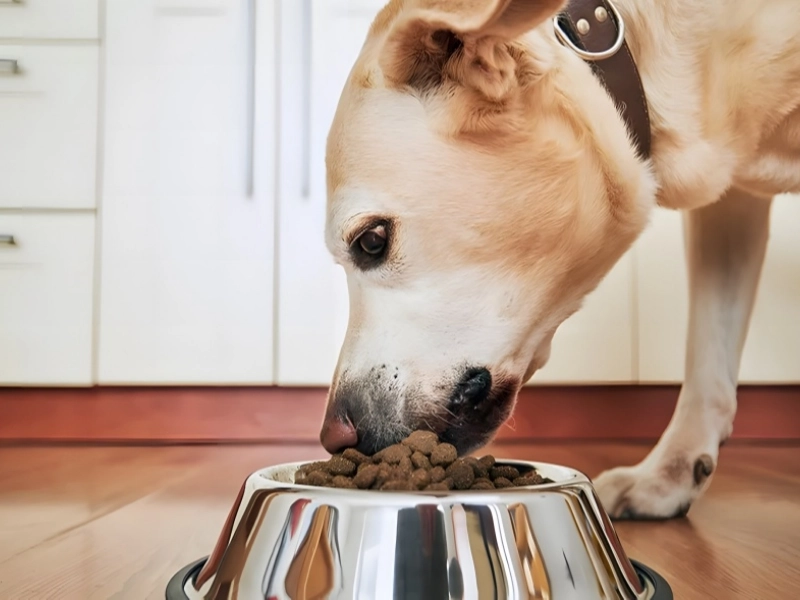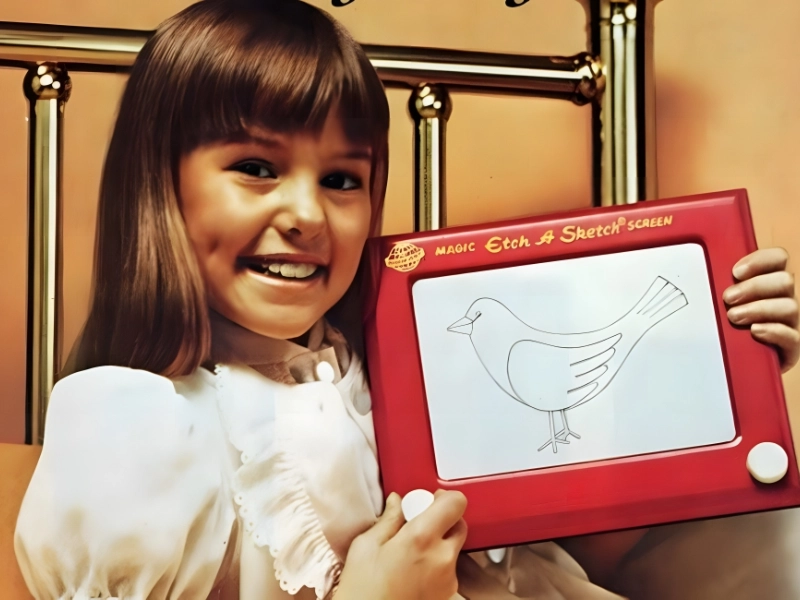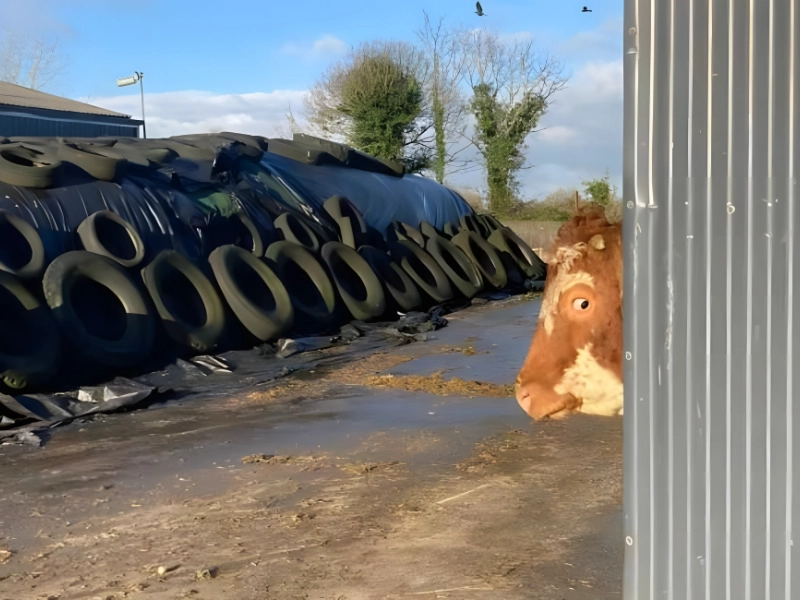The Hidden Danger Every Dog Parent Needs to Know
Food Choices
Choosing the Best Dog Food Navigating the Options Overwhelming Choices: With countless dog food options claiming health benefits, selecting the right one can feel daunting. Consult Your Veterinarian Professional Guidance: Always consult your veterinarian to determine the best types and quantities of food tailored to your dog’s specific needs. Importance of Quality Reliable Brands: Opt for reputable brands that adhere to veterinary regulations and quality standards. This ensures your dog receives balanced nutrition. Types of Dog Food Grain vs. Grain-Free:
Grains: Some dogs thrive on grain-based diets, while others may have sensitivities. Grain-Free: Consider grain-free options if your dog has allergies or digestive issues. Canned vs. Kibble:
Canned Food: Often more palatable and hydrating, suitable for dogs with dental issues or those needing extra moisture. Kibble: Convenient and helps maintain dental health through crunching. Conclusion Choosing the right dog food involves careful consideration of your dog’s health needs and preferences. By consulting your veterinarian and selecting high-quality brands, you can ensure your furry friend receives the nutrition they deserve.

Compulsive Behavior
Understanding Your Dog's Obsessive Behaviors Signs of Obsession Behavioral Indicators: If your dog shows a strong fixation on a toy, engages in shadow-chasing, or repeats certain behaviors excessively, it may indicate an obsession. The Cycle of Fixation From Excitement to Fixation: When a dog's excitement turns into fixation, it can seem as though they are trapped in a repetitive cycle, solely focused on that one item or activity. Comparison to Human Behavior Binge-Watching Analogy: This fixation can be likened to binge-watching a TV show—your dog is engrossed in their "show" but lacks the variety and resolution that comes with human entertainment. Addressing Obsessive Behaviors Provide Variety: Introduce new toys and activities to break the cycle of fixation and keep your dog engaged.
Set Limits: Use commands to redirect your dog's attention when they become overly fixated, helping them learn to focus on other activities.
Engage in Regular Exercise: Ensure your dog gets plenty of physical and mental stimulation to reduce obsessive behaviors.
Conclusion Recognizing and addressing your dog's obsessive behaviors is essential for their well-being. By providing variety and engaging them in different activities, you can help break the cycle of fixation and promote a healthier, more balanced lifestyle.









